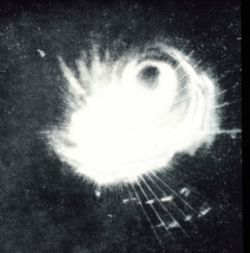| 1944 Pacific typhoon season | |
|---|---|
 Season summary map | |
| Seasonal boundaries | |
| First system formed | January 7, 1944 |
| Last system dissipated | December 19, 1944 |
| Strongest storm | |
| Name | Cobra |
| • Maximum winds | 260 km/h (160 mph) (1-minute sustained) |
| • Lowest pressure | 924 hPa (mbar) |
| Seasonal statistics | |
| Total storms | 23 |
| Total fatalities | >790 |
| Total damage | Unknown |
| Related articles | |
The 1944 Pacific typhoon season has no official bounds; it ran year-round in 1944, but most tropical cyclones tend to form in the northwestern Pacific Ocean between June and December. These dates conventionally delimit the period of each year when most tropical cyclones form in the northwestern Pacific Ocean. The scope of this article is limited to the Pacific Ocean, north of the equator and west of the International Date Line. Storms that form east of the date line and north of the equator are called hurricanes; see 1944 Pacific hurricane season.
Contents
- Systems
- Tropical Storm One (01W)
- Tropical Storm Two (02W)
- Tropical Storm Three (03W)
- Typhoon Four (04W)
- Typhoon Six (06W)
- Typhoon Cobra
- See also
- References
- External links
There were 23 tropical cyclones in 1944 in the western Pacific, including Typhoon Cobra. [1]











